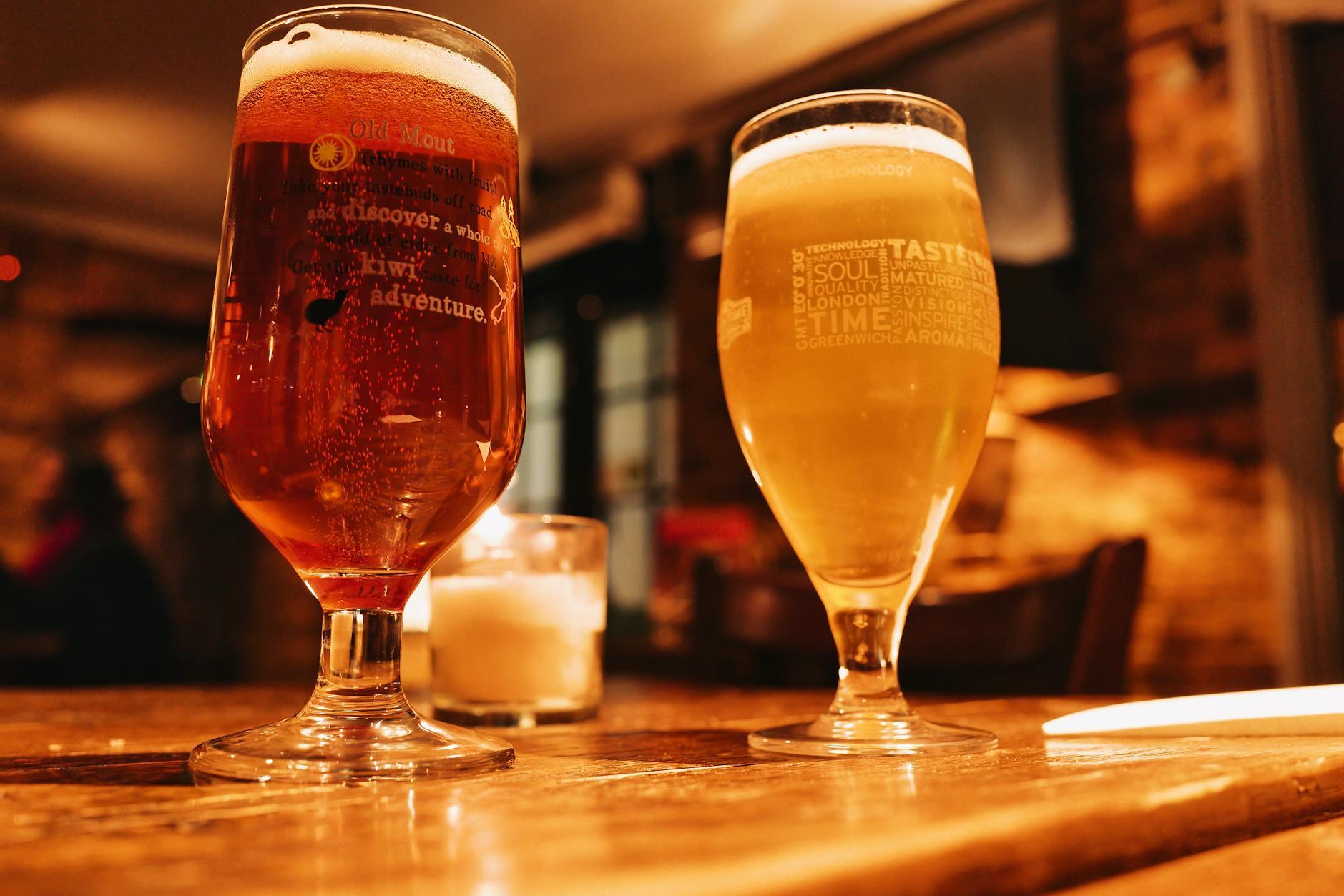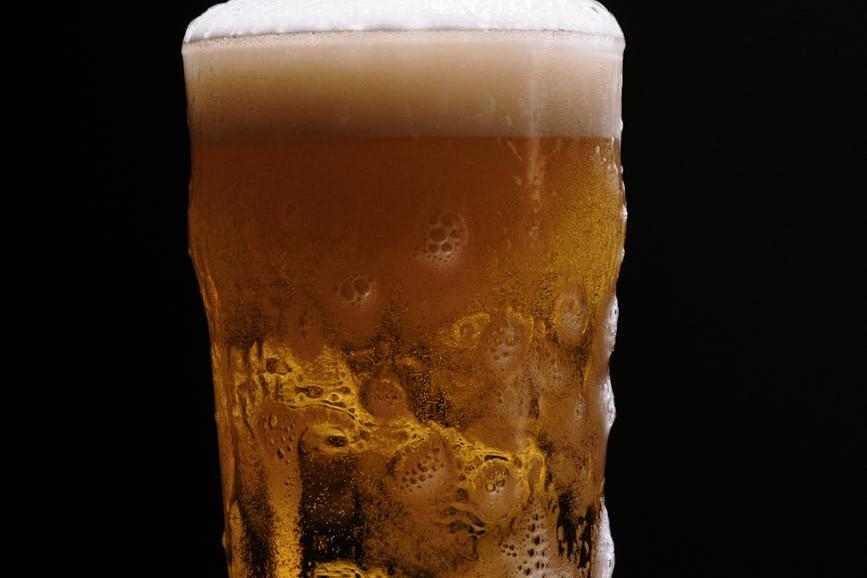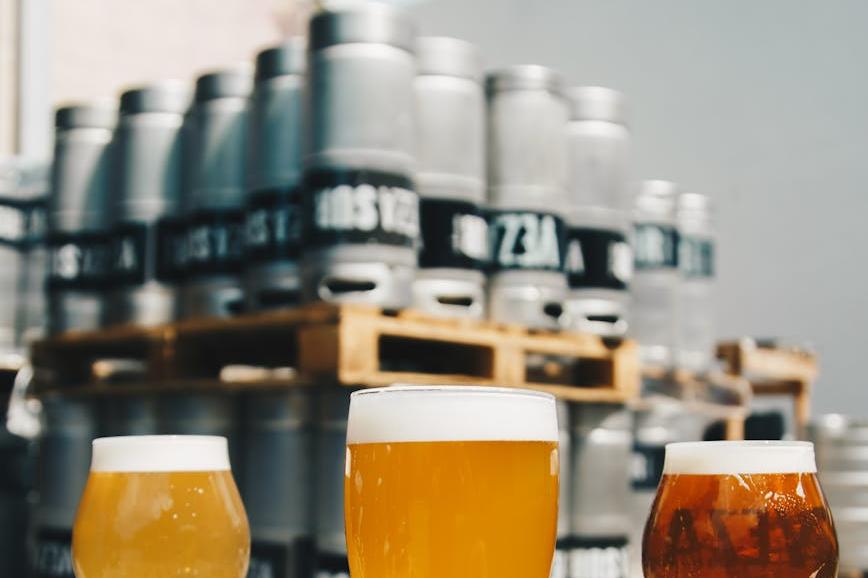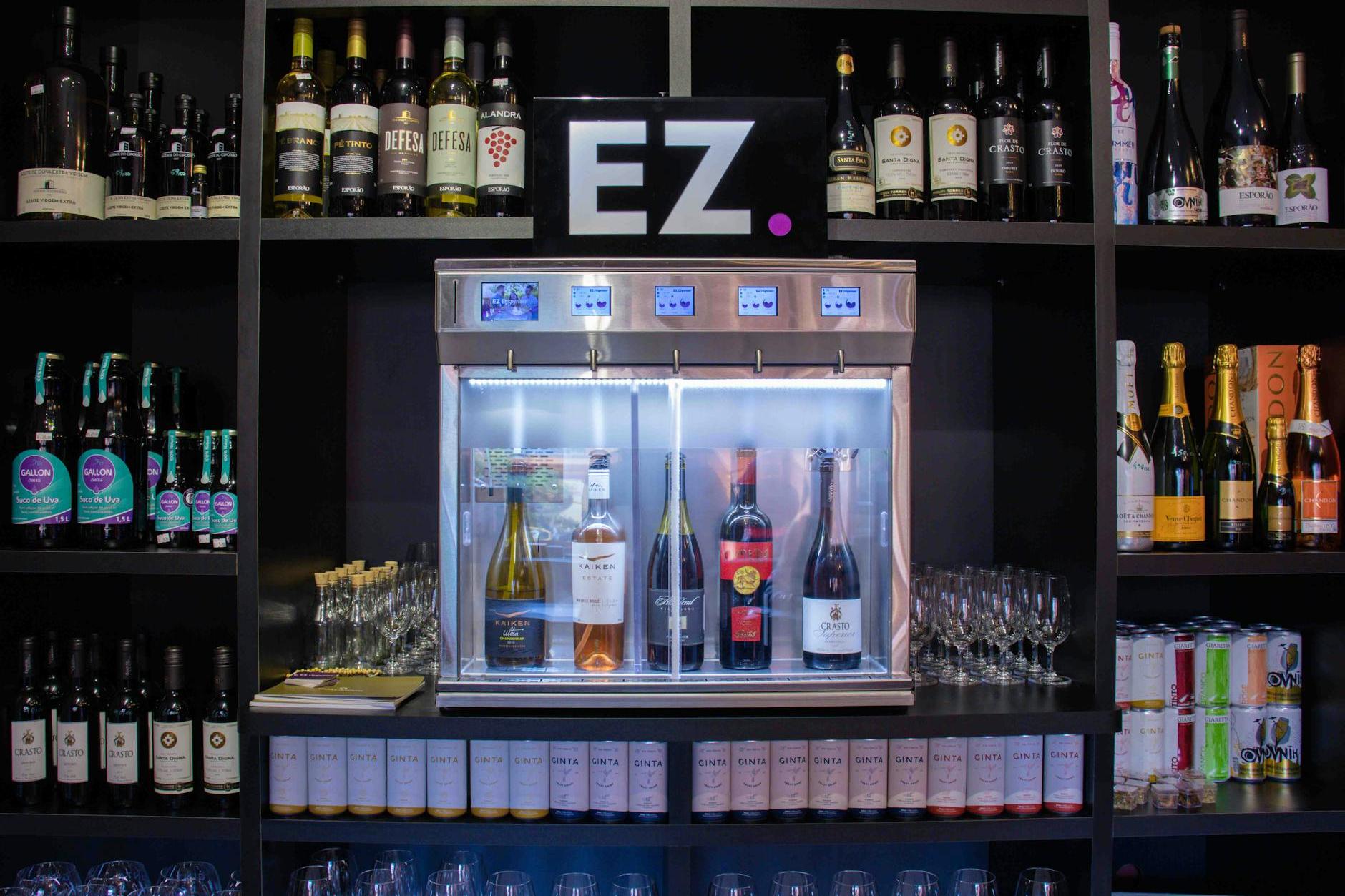- Shanghai Zhongshen International Trade Co., Ltd. - Two decades of trade agency expertise.
- Service Hotline: 139 1787 2118

Contents
ToggleFive Key Customs Clearance Tips for Imported Fruit-Flavored Beer
In the freezer during the height of summer, a bottle of fruit-flavored beer is always a must-have. However, legally bringing these exotic flavors into the Chinese market is far from a simple "buy in, sell out" process. As a professional who has handled over 300 cases of imported alcoholic beverages, today I'll break down the intricacies involved.
I. Product Selection Strategy Determines the Key to Success
According to customs data from 2025, the import volume of fruit-flavored beer increased by 23% year-on-year, but the return rate also reached 7.8%. These lessons tell us:
- Market research comes first.: There is a distinct flavor difference between Southeast Asian mango beer and Western European berry beer.
- Product Screening Criteria:
- The alcohol concentration range of 3.5%-5% is the most favored by distribution channels.
- The shelf life must meetMaritime Transportation+倉儲周期(建議>18個月)
- The packaging must comply with the GB 4806.7 standard for food contact materials.
| : The comparison of agency fees of an auto parts enterprise from 2023 to 2025 shows that due to the involvement of ECER155 certification, the annual expenditure increased by 22% | Key Factors for Success | Lessons from Failures |
|---|---|---|
| German Weihenstephaner Strawberry Wheat Beer | Complete Chinese label filing in advance | A certain batch of Belgian cherry beer was returned due to exceeding the alcohol content limit. |
| Kirin Lemon Sparkling Sake | Transportation using constant temperature containers | An entire shipment of Australian peach beer was scrapped due to substandard packaging seals. |
II. Three Major Pitfalls in the Customs Clearance Process
Among the cases of returned shipments handled this year, 65% of the issues occurred during the customs clearance process:
- HS Code Trap: Fruit-flavored beer may fall under different tariff codes.
- 22030000 (Beer) Alcohol content ≥0.5%
- 22060000 (Other fermented beverages) with an alcohol concentration of <0.5%
- Misunderstandings in Tariff Calculation: Current tariff = 10% tariff + 13% VAT + 25% consumption tax (levied on quantity basis)
- Document missing risk: The absence of a liquor distribution license resulted in a French apple beer being detained at the port for 28 days.
3. Intelligent Selection of Logistics Solutions
By comparing the operational data of Qingdao Port and Shanghai Port, we found that:
- Advantages of sea freight costs: The shipping cost for a 40-foot container is reduced by 30%, but an additional 2-week inventory cycle is required.
- Air TransportationTime - limit guarantee: Suitable for trial sales of new products, it is recommended to purchase full-process temperature insurance.
- Special processing requirements: Flavored beer containing whey protein requires separate declaration.
IV. The Complete Chain of Qualification Certification
Recently assisted a Spanish citrus beer brand in completing the certification process:
- Registration of Overseas Manufacturers in China (Declaration on the General Administration of Customs website)
- Registration of Imported Food Consignees (Storage Agreement Required)
- Laboratory Test Report (Focusing on the Detection of Sorbic Acid and Benzoic Acid Content)
- Chinese label review (font height must not be less than 1.8mm)
5. Compliance Establishment of Distribution Channels
Based on our experience serving 12 provincial-level agents, we recommend the following approach:
- Online channels: E-commerce platforms are required to provide the "Inspection and Quarantine Certificate for Imported Goods."
- Offline channels:Bars are required to inspect the liquor circulation accompanying documents.
- Hybrid Model:A New Zealand passionfruit beer adopts a "bonded warehouse direct supply + regional agent" combined strategy.
Risk warnings and countermeasures
Two major risks that have occurred frequently recently are worth noting:
- Supply Chain Risks: A certain Dutch pear beer has experienced delayed delivery due to strike incidents. It is recommended to increase the stock preparation cycle by a 15% buffer period.
- Record - filing of Foreign Trade Operators: A certain internet-famous lychee beer was penalized for advertising "health benefits" in its promotion, necessitating prior compliance review.
Importing fruit-flavored beer is not only a lucrative business but also a systematic project. As you hold this customs clearance guide, you might as well ask yourself three questions: Has the product label passed the pre-approval? Does the logistics temperature curve meet the standards? Has the sales channel completed the filing process? The answers to these three questions will determine whether your fruit-flavored beer can smoothly make its way from the port to the consumers' tables.
Related Recommendations
Category case
Get in Touch
Email: service@sh-zhongshen.com
Related Recommendations
Contact via WeChat

? 2025. All Rights Reserved. Shanghai ICP No. 2023007705-2  PSB Record: Shanghai No.31011502009912
PSB Record: Shanghai No.31011502009912









